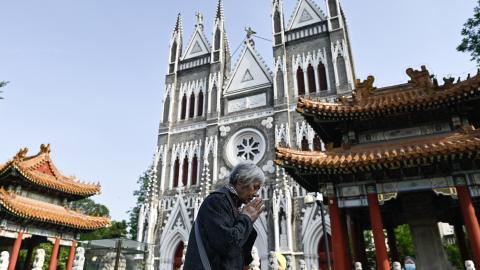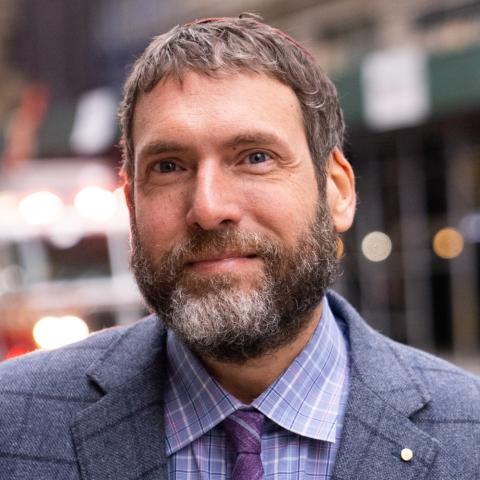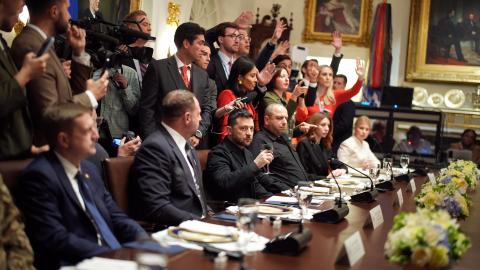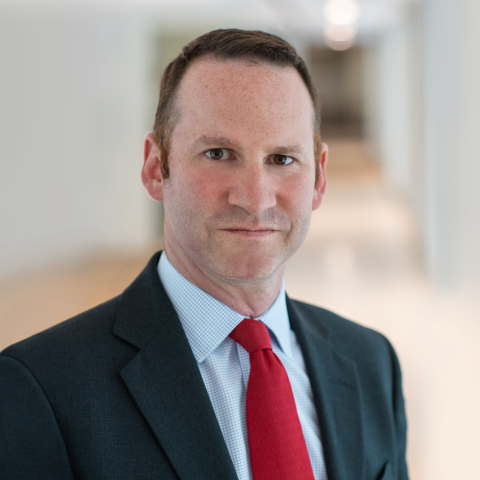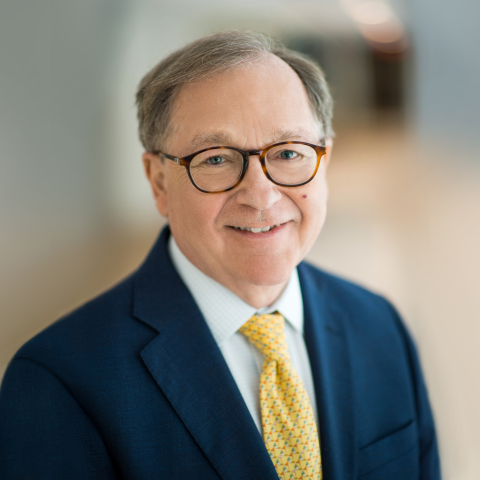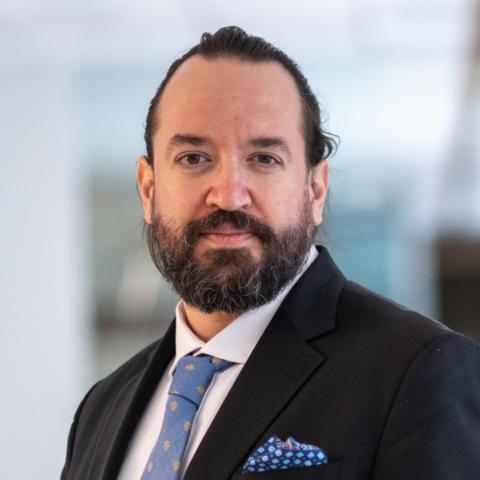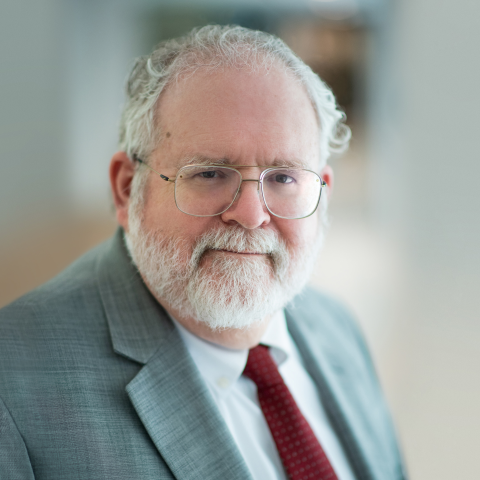Pope Francis’ death concludes the most misunderstood pontificate in modern times. Hailed by some as a progressive reformer, and attacked by church conservatives as an iconoclastic revolutionary, Francis’ approach to the Catholic Church resembled the credo of the nobleman Tancredi Falconeri in Giuseppe Tomasi di Lampedusa’s novel “The Leopard.” Everything must change so that everything can remain the same, Falconeri says, to explain his embrace of Garibaldi’s revolutionaries during the wars of Italian unification. This spirit of conservative reform guided Francis right up through the closing hours of his reign.
Francis’ elevation to the papacy was itself Falconerian. The last pope born outside Europe had been the Syrian-born Gregory III, who died in 741. The election of a native Argentine was widely hailed as a break with more than 1,000 years of a European monopoly on the papacy, and a sign that a modernizing church was turning outward toward the non-European, non-Western world.

